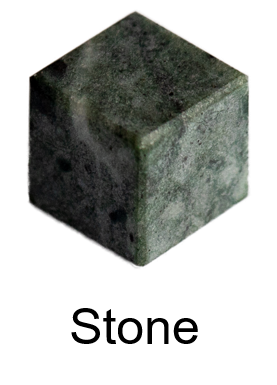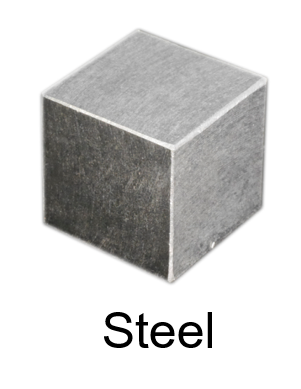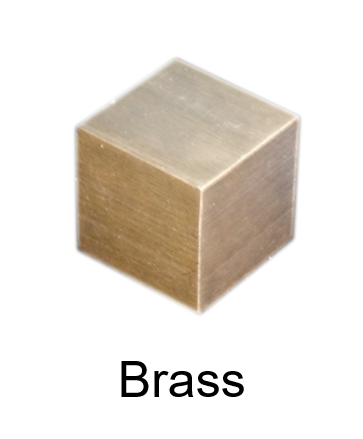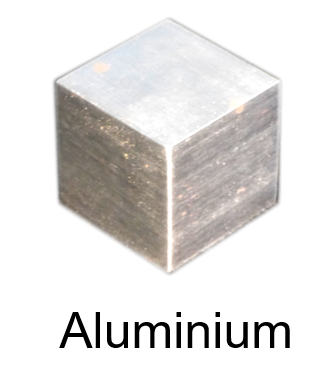What is a materials scientist?
Materials scientists study the structures and properties of materials, including glass, metals, rubber, ceramics, alloys, semiconductors and polymers. They discover ways to strengthen or combine materials or develop new materials to use in a variety of products.
Materials scientists are observant, committed and organised. Do you have the skills and attributes to become a materials scientist?
Today we looked at the properties some common materials and tested them to see how heavy they were, whether they conducted electricity and if they were magnetic. We then thought about the uses of these materials.
Can you find anywhere these materials have been used in your home?
Can you investigate magnetic materials at home?
You were all given a magnet to bring home. Can you find any magnetic materials in your house? What could we use magnetic materials for at home?
If you really like magnets and want to see some cool ways they can be used, watch this video.
More to investigate at home… heat conduction
You could try investigating how well different materials conduct heat. You are going to need ice cubes for this investigation. Look for bowls, dishes or plates made of different materials in your kitchen. Remember to ask an adult first! You may find different plastic, ceramic, glass and metal containers you can use. Put an ice cube in each container as see how quickly the ice cubes melt. You could use a clock or the timer on phone to do this. The better the material conducts heat, the faster the ice cube will melt.
Which material was the best conductor of heat in your kitchen?
More to investigate at home…absorbancy
Absorbent materials soak up liquid easily. The video shows a fun experiment you can do with kitchen towel and food colouring at home to demonstrate absorbency.
Can you find any other absorbent materials at home?
Asking an adult first, count how many drops of water you can drip onto a material before it won’t soak up any more. To make it a fair test you need to use material of the same size and shape.
What might you use an absorbent materials at home for?
New materials, new uses
Today you looked at nitinol, the memory metal. You found that you could bend it out of shape, but as soon as it was put into hot water, it sprung back to it’s original shape. Part of the job of a materials scientist is to create these new materials and think of uses for them.
What would you use nitinol for?
Watch this video to find out about more amazing materials that have been developed by materials scientists.











